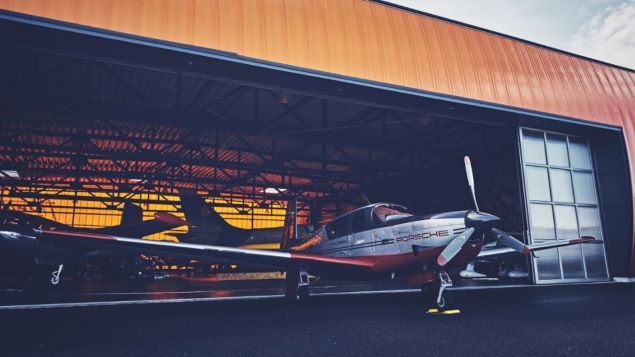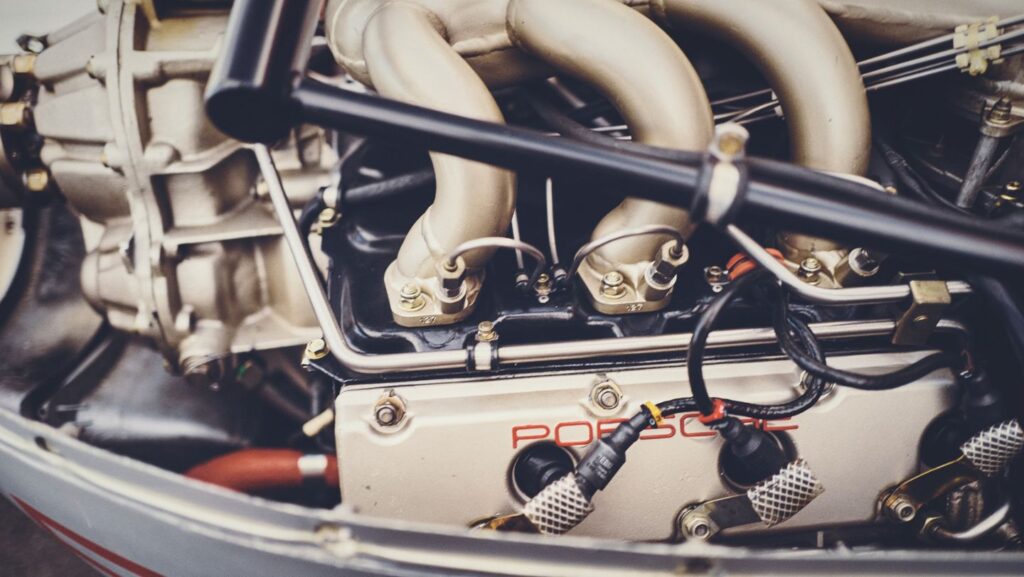
Porsche aircraft engine
London, 20 March 2024, (Oilandgaspress): – The PFM 3200-powered Mooney is legendary among aviators. They all want this ‘Porsche of the skies’ – and today there are only five that are airworthy anywhere in the world.
At a mere 74 decibels, whisper-quiet for its class, the plane lifts off after just 400 metres – this is all it needs to get off the ground with a take-off weight of just under 900 kilograms, plus four occupants. Mooneys are designed from the ground up for speed, so they were a perfect match for Porsche. The famed ‘flying tail’ is an intriguing detail. The entire horizontal and vertical stabilisers move, not just some flaps. This means lower drag and higher speeds. A kind of flyline in the air, if you like. All that was required to install the PFM 3200 engine was an extension of the nose, which makes the whole aircraft look even sleeker. The result? A work of art in the sky!
The symbiosis with Mooney simply fitted

The PFM 3200 was not the first Porsche aircraft engine. That was the PFM 678, which was based on the 356 engine and delivered up to 75 PS. This was the entry-level model and a great success in the German Pützer Elster plane. From 1981, the 911 also took flight: in the SkyShip 500 and 600, known from the James Bond film ‘A View to a Kill’. Engines from the Porsche 930 were used for propulsion in that. The PFM 3200 was developed in Weissach from 1981 and received its certification in 1984/85. Series production did not start until 1987, however – rather late in the day.Yet everything might still have turned out well: the partnership with Mooney was compelling. Its fuel economy was certainly a selling point, as it used 38 litres of normal fuel per flight hour instead of more than 50 litres of aviation fuel – which was what you would get from the likes of competitor aircraft from Lycoming. But in the US, where the fuel was cheap, fuel efficiency was less of an issue. The quietness of the engine’s operation was also irrelevant in the US. Instead, the competition pounced on one detail: the engine’s ignition system. The argument was this: if the power were to fail, the plane would fall from the sky an hour later.
Alternators and ignition distributors had to hold their own against the conventional ignition magneto, which induces the current itself. Customers were scared off. Quite successfully so, alas. And yet the PFM 3200 had proven its reliability. In more than six months with 300 take-offs and landings and 600 flight hours, Michael Schultz and Hans Kampik had circumnavigated the world with it in 1985/86. On 16 January 1986, they landed their Mooney prototype safely at a small airfield in the German town of Donaueschingen. The 3.2-litre Porsche PFM 3200 aircraft engine had consumed 23,000 litres of premium gasoline and 30 litres of oil, defied heat and cold and travelled 100,000 kilometres without a hitch. And the ignition? Nothing to report.
Information Source: Read full article
Energy Monitors | Electric Power | Natural Gas | Oil | Climate | Renewable | Wind | Transition | LPG | Solar | Electric | Biomass | Sustainability | Oil Price |

